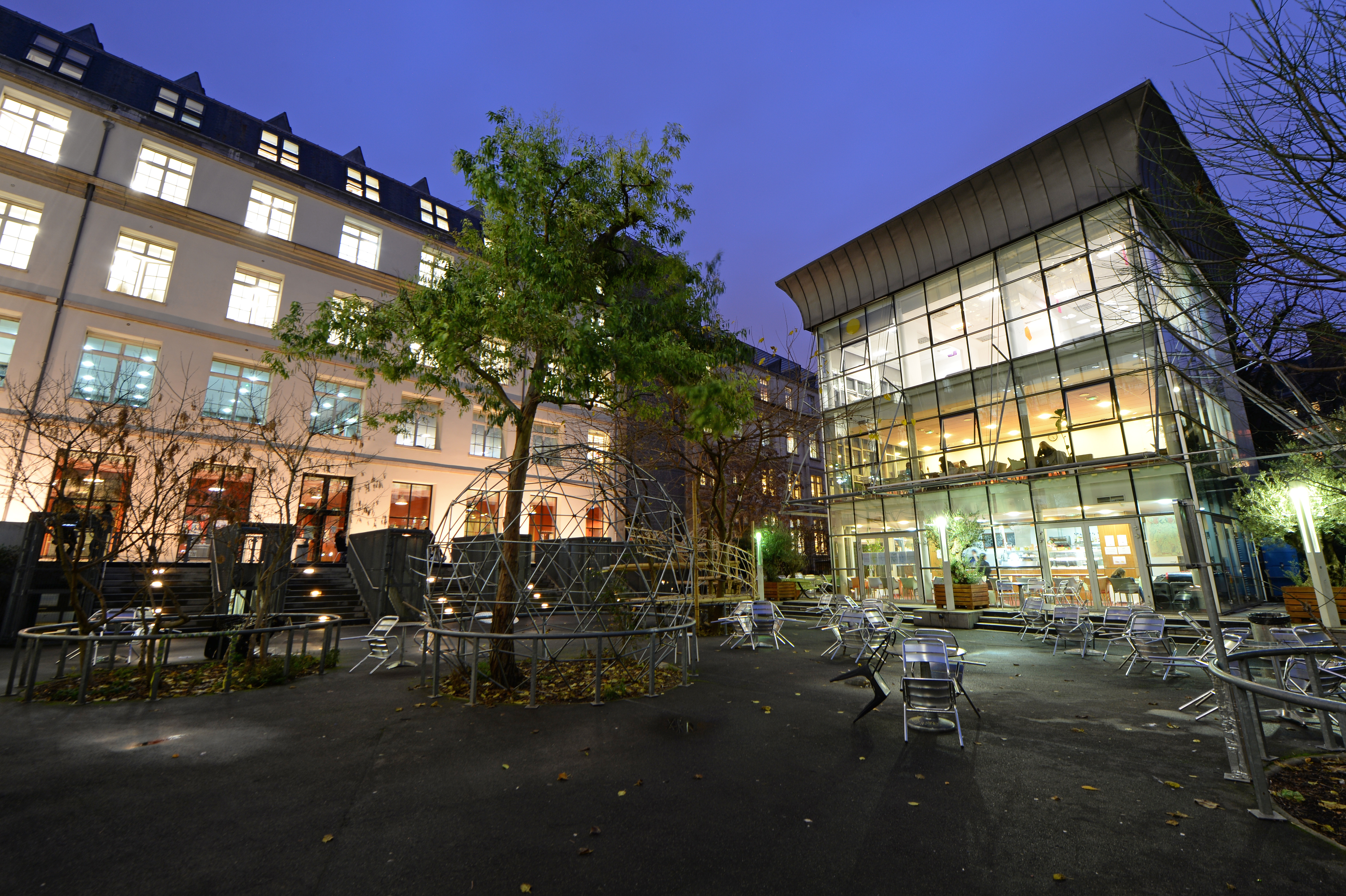The school
The EnsAD teaches scenography after the second year of a 5-year programme as art of performance and of the ephemeral, which engages all its potential, all its expressive forms (theatre, art exhibitions, cinema, etc.) brought together in order to express the dramatic tension created in the nexus of space and narration.
The Ecole nationale supérieure des Arts Décoratifs, founded in 1766, occupies a vital place in the history of creation, the decorative arts and design in France. Drawing from a long heritage and today offering 10 fields of artistic studies, it has always been a pioneer throughout its existence and across generations through its continuous contributions to the history of contemporary arts.
Presentation of the training
A performance art, scenography guides the mobilisation of all forms of expression in the creation of the tension that exists between a space and a narrative. The introduction starts in theatre – a stage and a text. It involves learning to see, to read, to listen, meaning that it is to cultivate the specific gaze of the scenographer. The programme also addresses the various other fields of the modern scenographer’s art: museums, exhibitions, cinema, events and so on. This diversification takes place through real application, either individually or in group work. Specialisation in one of the ten departments of the school begins in the second year of the degree and continues until graduation following the fifth year. Prior to the final ‘Grand Projet’, the student is exposed to many types of creative work, including the “grandeur” projects, external collaborations and various internships. The entire curriculum of the Scenography major (from 2nd to 5th year) is involved in the project for the Prague Quadrennial.
Type of school
French public higher education institution
Type of diploma
National diploma in decorative arts, equivalent to the degree of Master
Admission requirements
High-school matriculation, or equivalent
Admission based on national entrance exam: application portfolio (personal projects and works), written exam and interview
Number of students per year
10 students

